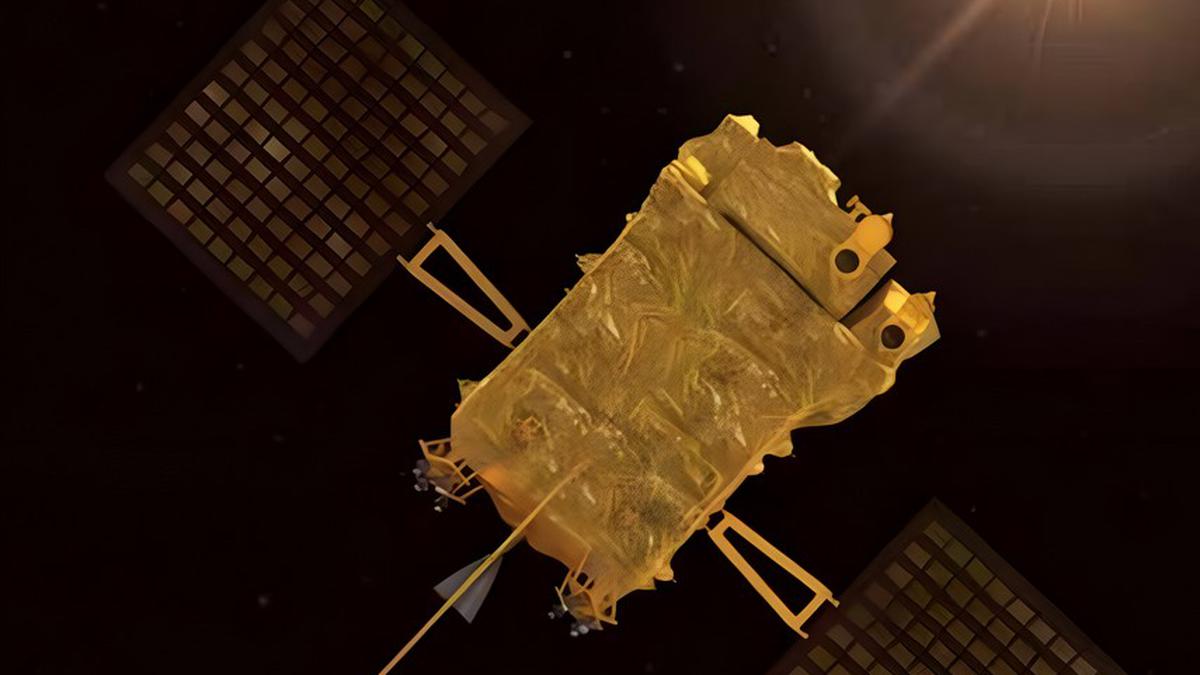
With Aditya-L1 spacecraft placed in halo orbit, focus is on data collection on sun
The Hindu
With the Indian Space Research Organisation (ISRO) successfully placing the Aditya-L1 spacecraft in a halo orbit around the Lagrangian point (L1) on January 6, the focus is now on the operation of the scientific instruments and data collection.
With the Indian Space Research Organisation (ISRO) successfully placing the Aditya-L1 spacecraft in a halo orbit around the Lagrangian point (L1) on January 6, the focus is now on the operation of the scientific instruments and data collection.
Aditya-L1 is a satellite dedicated to the comprehensive study of the sun with seven payloads.
The seven payloads aboard the satellite are: Visible Emission Line Coronagraph (VELC), Solar Ultraviolet Imaging Telescope (SUIT), Solar Low Energy X-ray Spectrometer (SoLEXS), High Energy L1 Orbiting X-ray Spectrometer (HEL1OS) , Aditya Solar wind Particle Experiment (ASPEX), Plasma Analyser Package For Aditya (PAPA) and Advanced Tri-axial High Resolution Digital Magnetometers.
According to the ISRO, a satellite placed in the halo orbit around the L1 point has the major advantage of continuously viewing the sun without any occultation/eclipses.
This will provide a greater advantage of observing the solar activities and its effect on space weather in real time. The spacecraft carries seven payloads to observe the photosphere, chromosphere and the outermost layers of the sun (the corona) using electromagnetic and particle and magnetic field detectors.
The payloads have been switched on and some of them have already collected data.
The Supra Thermal and Energetic Particle Spectrometer instrument, a part of the ASPEX payload, had begun the collection of scientific data in September 2023.





















 Run 3 Space | Play Space Running Game
Run 3 Space | Play Space Running Game Traffic Jam 3D | Online Racing Game
Traffic Jam 3D | Online Racing Game Duck Hunt | Play Old Classic Game
Duck Hunt | Play Old Classic Game











